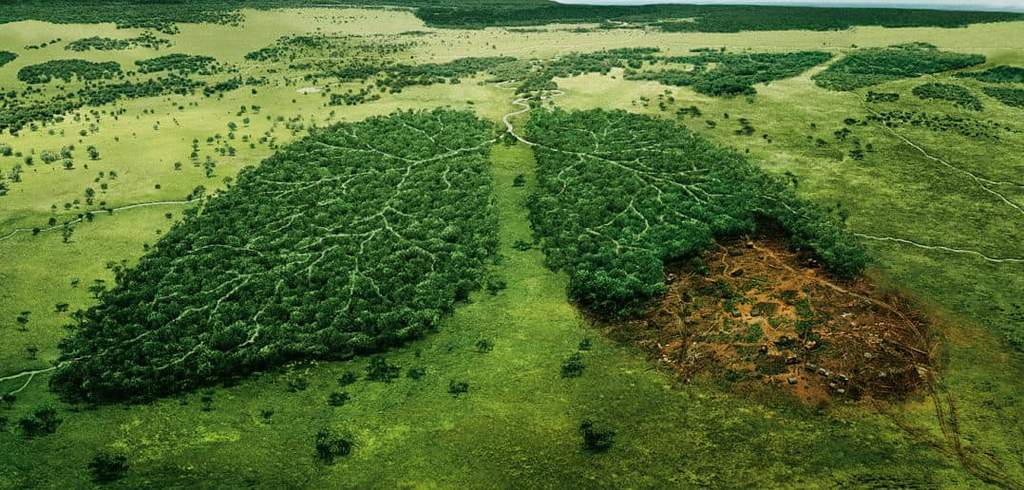The Amazon fires

The Amazon fires. There are so many feelings and emotions to process: overwhelmed with the current numbers of climate change; frustration on the emphasis of profits over sustainability; angered by the lack of viable priorities given to our natural environments; burdened by the lack of leadership in our current political climate; depressed about the state of our planet; to name a few.
It is easy to give up, but we strongly encourage you not to.
We wanted to take this opportunity to shed some light on the history of fires in the Amazon.
In the last 50 years, one-fifth of the Amazon has been cut and burned in Brazil. That is about 300,000 square miles (or about 777,000 square kilometres). That is the equivalent in size of two Californias. The years during 2002-2006 were one of the worst years of deforestation. There was a decade of decline following that, but has been slowly increasing once again since 2012. Moreover, within the first months of 2019, deforestation doubled compared to the previous year, according to INPE (The National Institute for Space Research).
Why have there been such vast amounts of land being cut and burned since the mid 1970s? The answer is due to agribusiness, namely livestock raising and more recently soybean plantations. To put it into perspective and to show why ranchers and farmers in Brazil are so aggressive in attaining more land from the Amazon: Brazil is the largest beef exporter in the world, accounting for 19% of the world’s beef. Similarly, Brazil is the second largest producer of soybeans accounting for a staggering 30% of the world’s production. As a side-note, 80% of soybeans are processed for meal, and from that: 97% is used as animal feed (to feed livestock) while the remaining 3% is used for human consumption (soy milk, tofu, etc).
To conclude, agribusiness is 25% of Brazil’s GDP and it’s usually the engine that drives our economy.
So now you must ask yourself, why is the Amazon so important? Aside from it being one of the most biodiverse and largest rainforest in the world, just within the Brazilian borders it spans a total area the size of India. Secondly, the Amazon behaves like a carbon sink - the process of “removing” carbon dioxide from the atmosphere. Plants require CO2 for photosynthesis, much of this carbon dioxide is transferred to the soil when the plant dies and decomposes. When a forest is drastically cut, the carbon dioxide is “released” from the soil/plants and into the atmosphere.
So what is the solution? We need a big picture, “landscape approach” towards this issue. We need to have all four actors involved: governments, businesses, farmers, and communities (that’s you).
This is more than just a fire in one of the most important and largest rainforests in the world. This is a global seismic shift from the status quo to a mindset of common sense. And through this change, we are unfortunately suffering from lack of strong leadership. Leaders that are willing to step up for the long haul. Who have the vision to understand how choices and policies made today will have positive impact in 5,10, even 50 years down the road. We are 1/4 piece of the puzzle. We wrote above how all actors have to be actively involved. We are the business that care. We’re not greenwashing and using sustainability as a buzz word. We need others to care as much.
Inform yourself, read more, get involved. Be more responsible in your consumption. Try to reduce your animal-based diet as much as you can. Vote consciously. Shop responsibly. Support causes you believe in. Make your voice heard. Be the change.
With love,
Insecta











Comments on this post (6)
LudfAENUGQT
— xXWTPgknzFaybu
VyNwcAnfzdiF
— KxcjbwkRUIu
mKzURgtBbWovqT
— SwsqNagoubIMt
ixRSZhlj
— ZhyaBFXfgDuczJv
rpCiJHMXgdQwzmbA
— AqCmrJkSb
RcNfrxMUbYOm
— iqVMRKhAgW